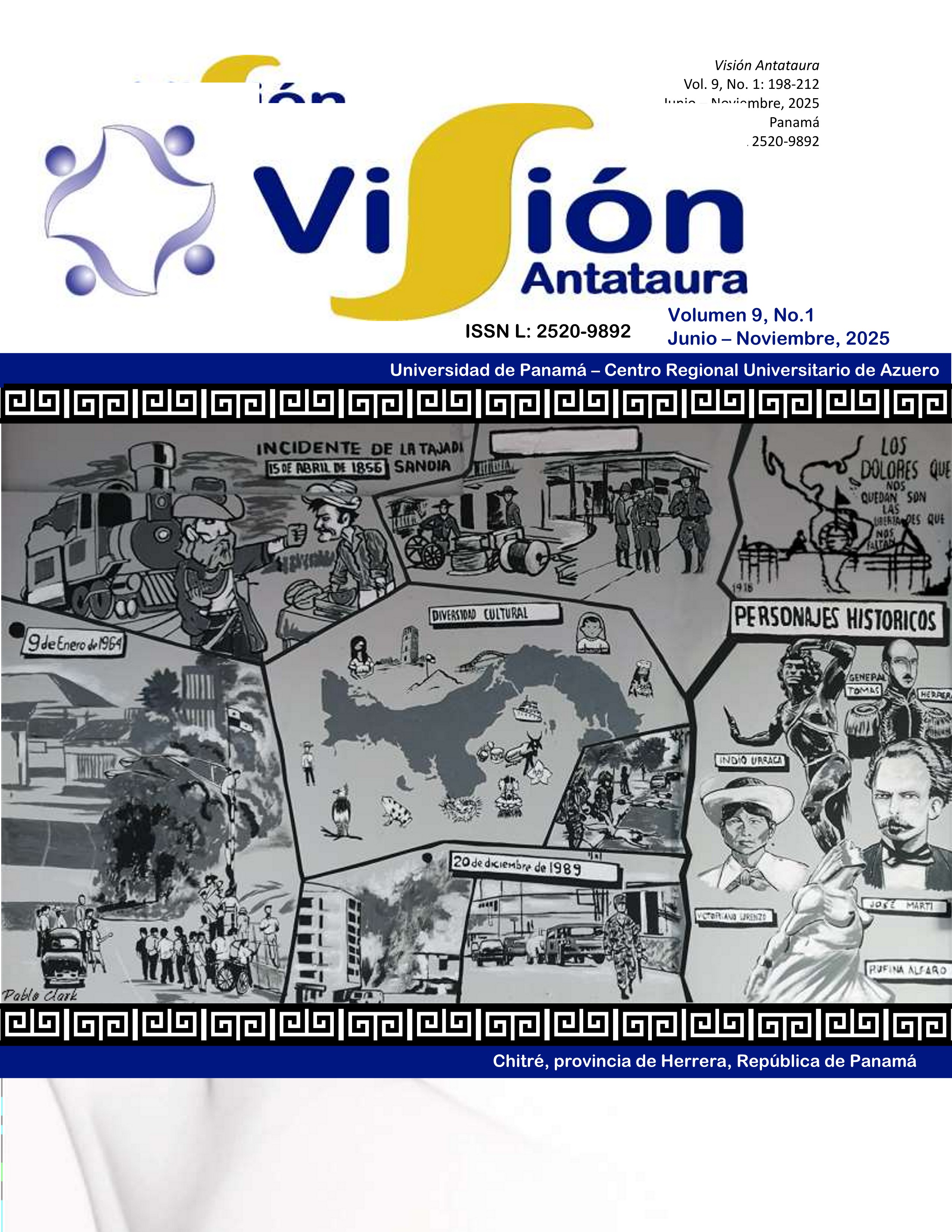

Copyright (c) 2025 Visión Antataura

This work is licensed under a Creative Commons Attribution-NonCommercial-ShareAlike 4.0 International License.
This study examines the feasibility of incorporating scientific content into the audiovisual system of the Panama Metro, exploring its potential as a communication tool in a high-traffic urban environment. The objective is to establish the foundations for transforming an urban communication platform into a tool for civic education and inspiration. A mixed-methods approach was adopted for the study, integrating both qualitative and quantitative methodologies. The study identifies the characteristics, challenges, and opportunities for implementing this initiative through interviews with key stakeholders, a detailed analysis of the current audiovisual schedule, and a survey of Metro users. Results show that the current schedule includes institutional, educational, and cultural content but lacks scientific communication. Users expressed significant interest in cultural, educational, and scientific materials, indicating a receptivity to this type of content. The study concludes that Metro screens can become an effective platform for bringing science closer to the public, fostering an inclusive and accessible scientific culture. It is recommended to launch a pilot project to measure public receptivity, establishing a precedent for integrating scientific narratives in urban contexts as an educational and transformative resource.